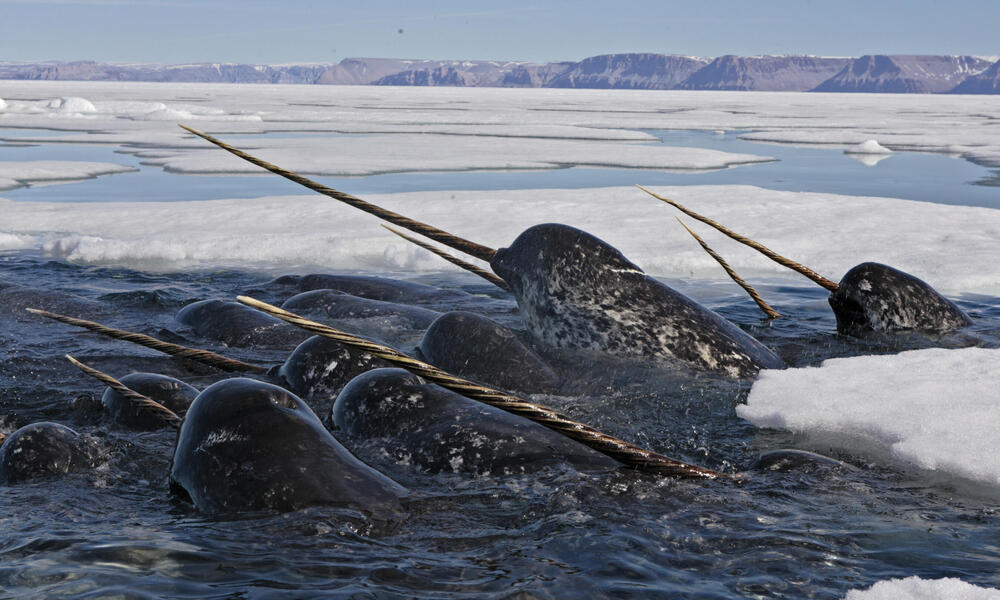Narwhals (Monodon monoceros) (Described as ‘Unicorns of the Sea’) are fascinating species, with large tusks on the Males, that are found primarily in Artic waters in Canada, Greenland, Norway and Russia.

Quick facts
- Male Narwhals have a long tusk, which is made from ivory. The tusk is actually a canine tooth!
- In 1577 English explorer, Martin Frobisher, witnessed a Narwhal and referred to it as a ‘Sea Unicorn’.
- The tusks enable sensory abilities due to nerve endings, which allow Narwhals to detect water salinity changes.
Studies have been configured to understand the impact of Human-animal interactions, boat trips for example, on stress levels in Narwhals. Narwhals are known to have a slow heart rate, which beats up to just 4 beats per minute. However, Human-lead activities have been found to significantly impact stress levels in Narwhals, alongside noise disturbance.

For the majority of different species, the heart rate increases when stress levels are peaking. But for Narwhals, this is the polar opposite, and stress leads to a decrease in the overall heart rate.
Narwhals have been fitted with heart monitors to measure stress levels in response to Human-animal interactions. The findings revealed that, with an increase in stress levels, Narwhals encounter a decreased heart rate, but still have the ability to swim fast and for prolonged periods.

Further information on the heart monitor research can be found:
